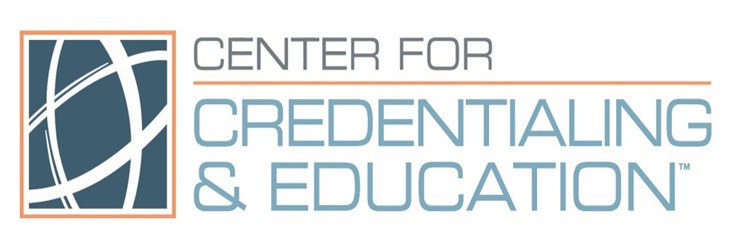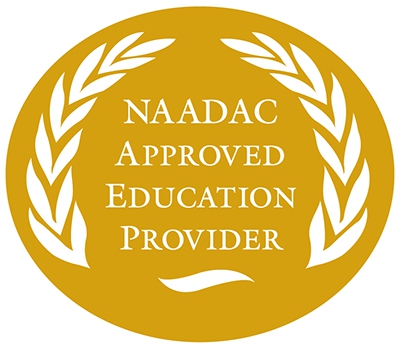
By: Marcia Zidle, M.S. N.C.C. B.C.C.
I use the idea of an iceberg to help people think about conflict in a positive, problem-solving way rather than what generally happens – finger pointing and blaming.
Above the water line are the “Symptoms” – for example: Forgetting, chronic lateness, dragging one’s feet, not paying attention, avoiding or ignoring requests, rolling eyes, whispering, put-downs, etc.
Below the water line are the “Real Causes” – here are the most common:
1. Perceptual Differences: Seeing things differently.
It’s when people view the same event and have different impressions. For example, in a crime TV drama witnesses to a robbery say, “It was a tall guy with glasses; no it was short with a baseball cap. ”Not everyone sees the same situation the same way.
2. Procedural Differences: Having different ways of doing thing.
How do you start a crossword puzzle? From number 1 and go systematically? Or start anywhere you can and work from there? Which is the right way? For many, they’ve been told this is the way to do it. But is it really the most effective way?
3. Goals Differences: Disagreeing about what’s importance.
This happens frequently between different functional groups. In many companies, sales and marketing is driven by quotas – getting more customers; production by quality – making sure it meets specific standards. The conflict arises when one group has priorities that don’t coincide with the other.
4. Role Based Differences: Disagreeing about responsibility and accountability.
Who does what? It’s your job; not it’s yours; I make the decision; no I do. This happens a lot along line vs. staff authority; or corporate vs. business units.
5. Personality Differences: Behaving and communicating in different ways.
Someone is a quick, shoot for the hip decision maker and the other is slower, more methodical. Or someone is task focused, and wants you to get to the point fast and the other is chatty before getting down to business.
So what was causing the most conflict?
In a recent program on conflict resolution for the marketing department of a health care company, it was role based differences. There was lack of clarity as to who’s accountable for monitoring deadlines as well as who has final authority on marketing collateral and a whole range of other issues.
What was the solution?
There were several suggestions: Take responsibility to ask questions and verify client’s expectations; use less email for communication with other functional groups and more personal interaction; and get clarification and support from management as to the department’s responsibilities and authority.
Smart Moves Tip:
Conflict is inherent in our differences---in people’s differing backgrounds, perspectives, values, needs, goals, expectations, etc. Conflict by itself is neither good nor bad. It’s the way we manage conflict that produces constructive or destructive results. What are the main conflicts in your organization, department or team?
 Marcia Zidle, M.S. N.C.C. B.C.C. is a board certified coach who provides executive coaching to business and community leaders and management teams to leverage their skills, strengths and style for high performance. Go to www.LeadersAtAllLevels.com to sign up for the smart moves blog and free success e-books. Listen to her weekly internet radio program "The Business Edge" for Voice America Wednesdays at 2pm EST at http://www.voiceamerica.com/show/2186/the-business-edge You can contact Marcia at 972-380-9281 or Marcia@LeadersAtAllLevels.com.
Marcia Zidle, M.S. N.C.C. B.C.C. is a board certified coach who provides executive coaching to business and community leaders and management teams to leverage their skills, strengths and style for high performance. Go to www.LeadersAtAllLevels.com to sign up for the smart moves blog and free success e-books. Listen to her weekly internet radio program "The Business Edge" for Voice America Wednesdays at 2pm EST at http://www.voiceamerica.com/show/2186/the-business-edge You can contact Marcia at 972-380-9281 or Marcia@LeadersAtAllLevels.com.




